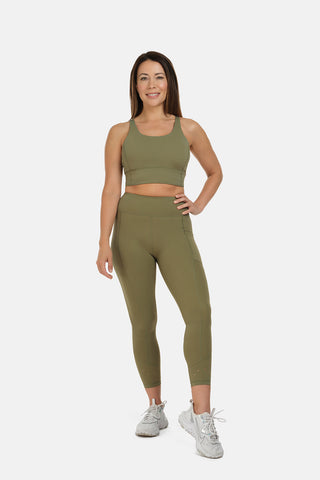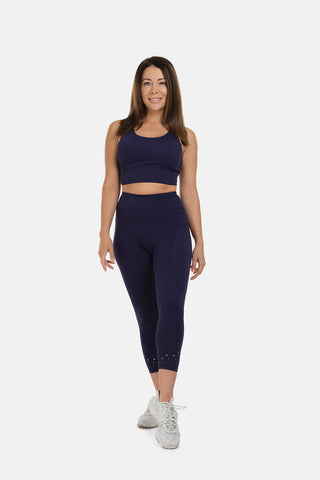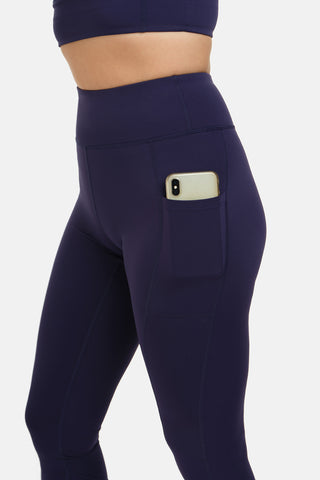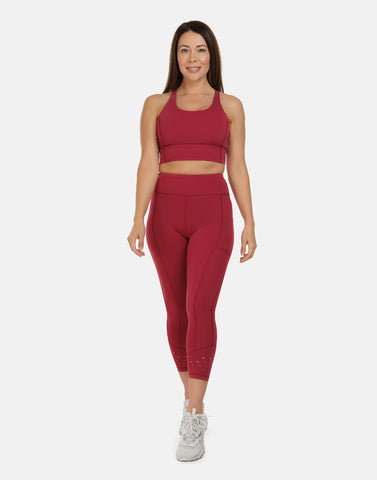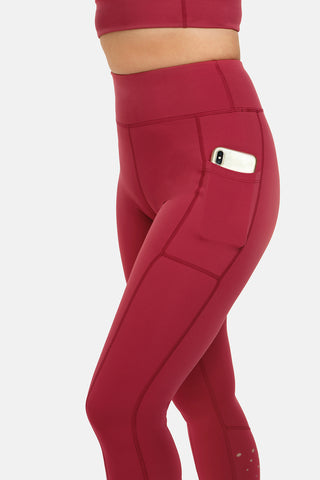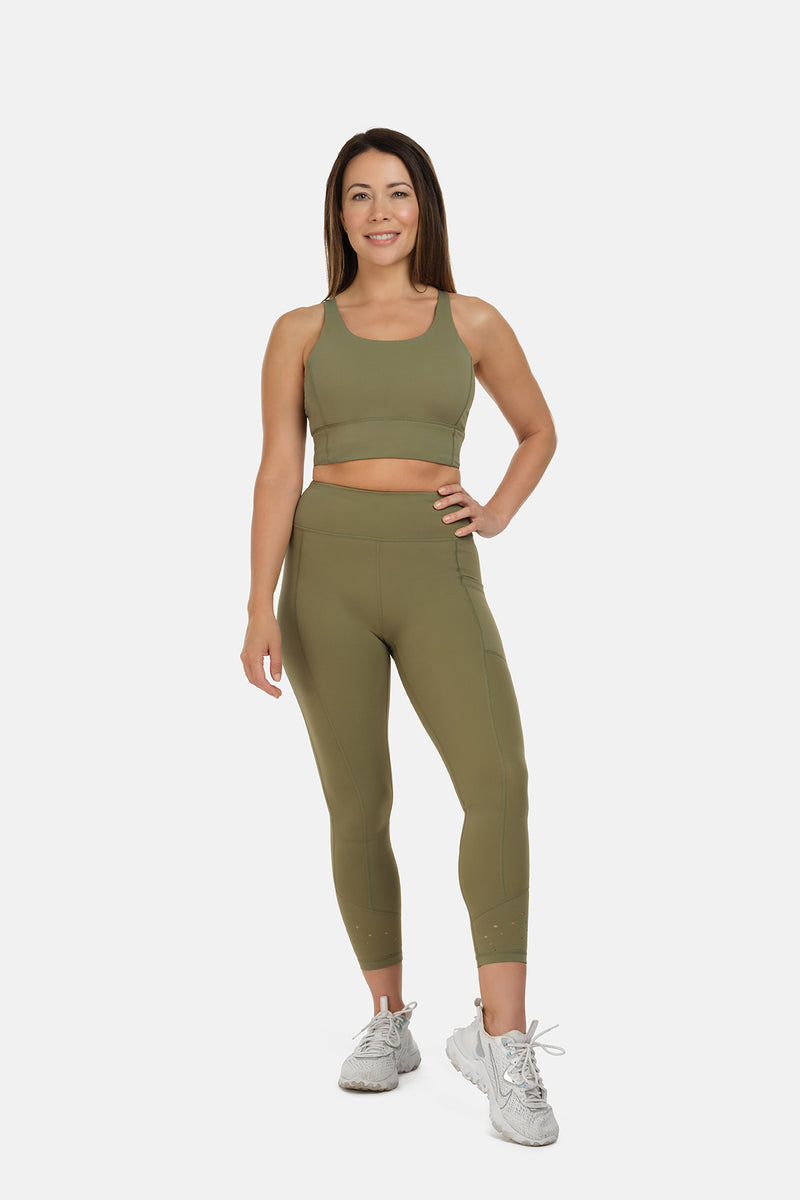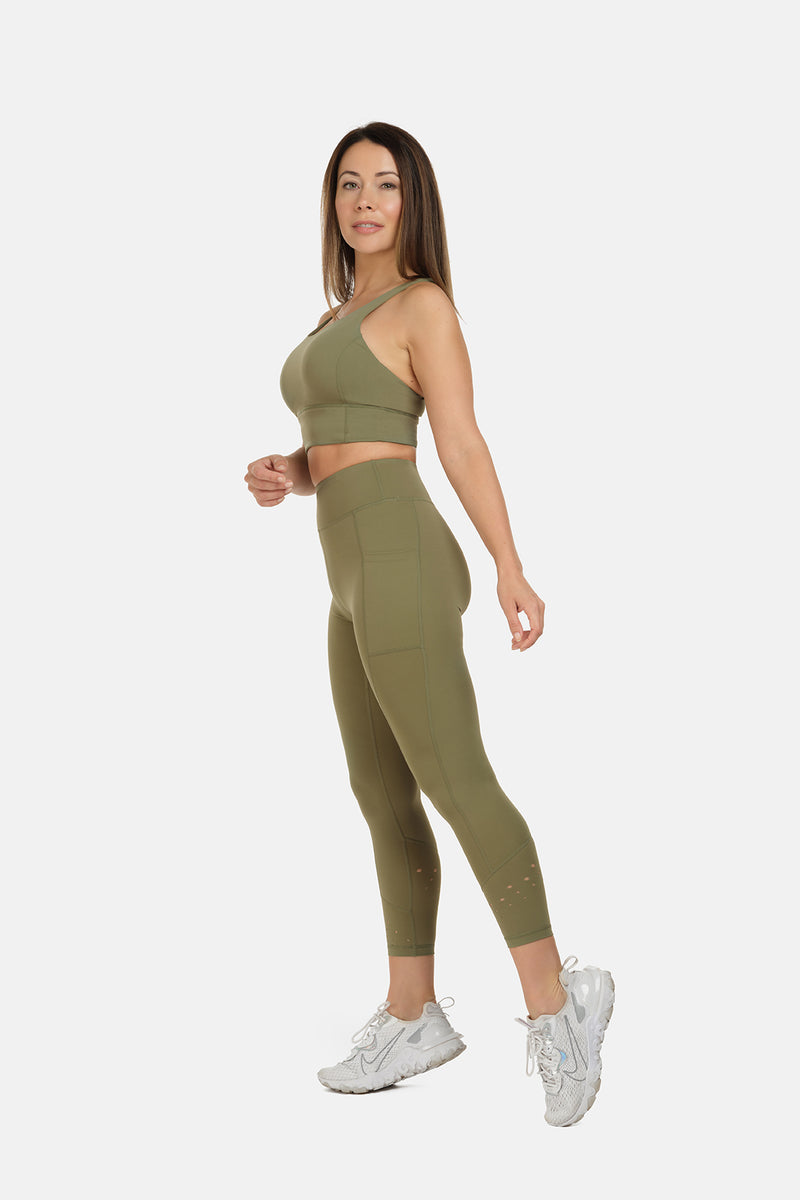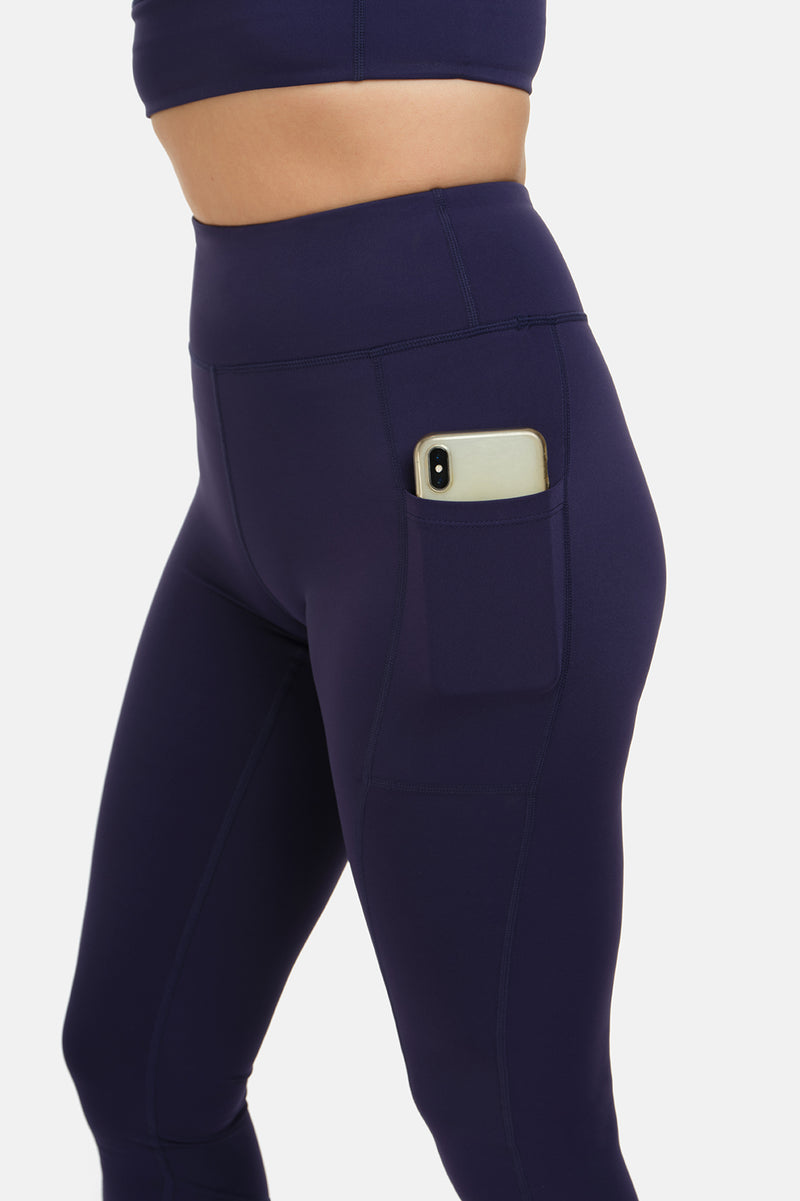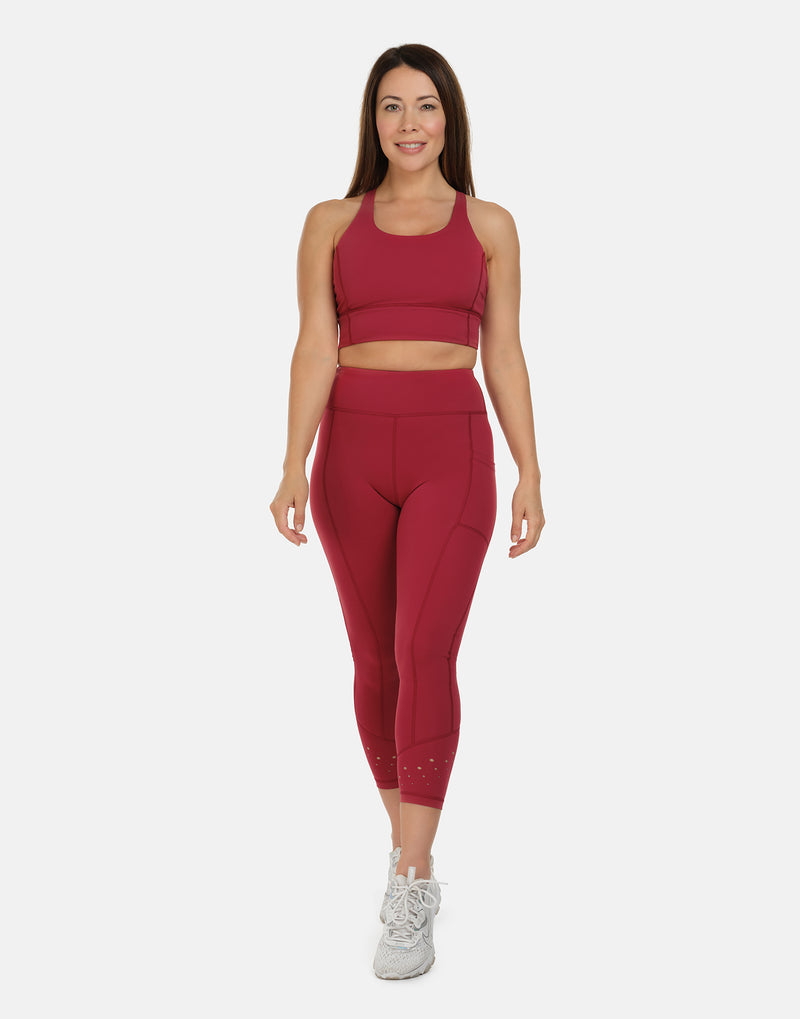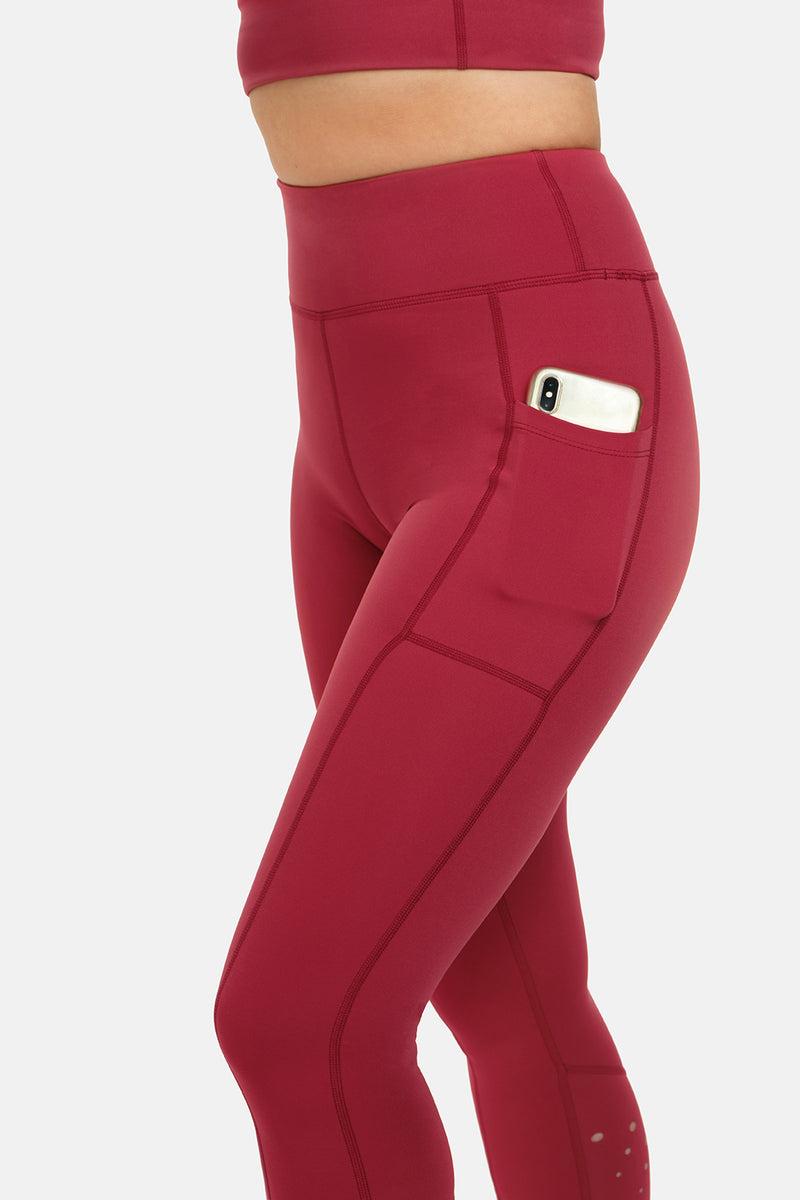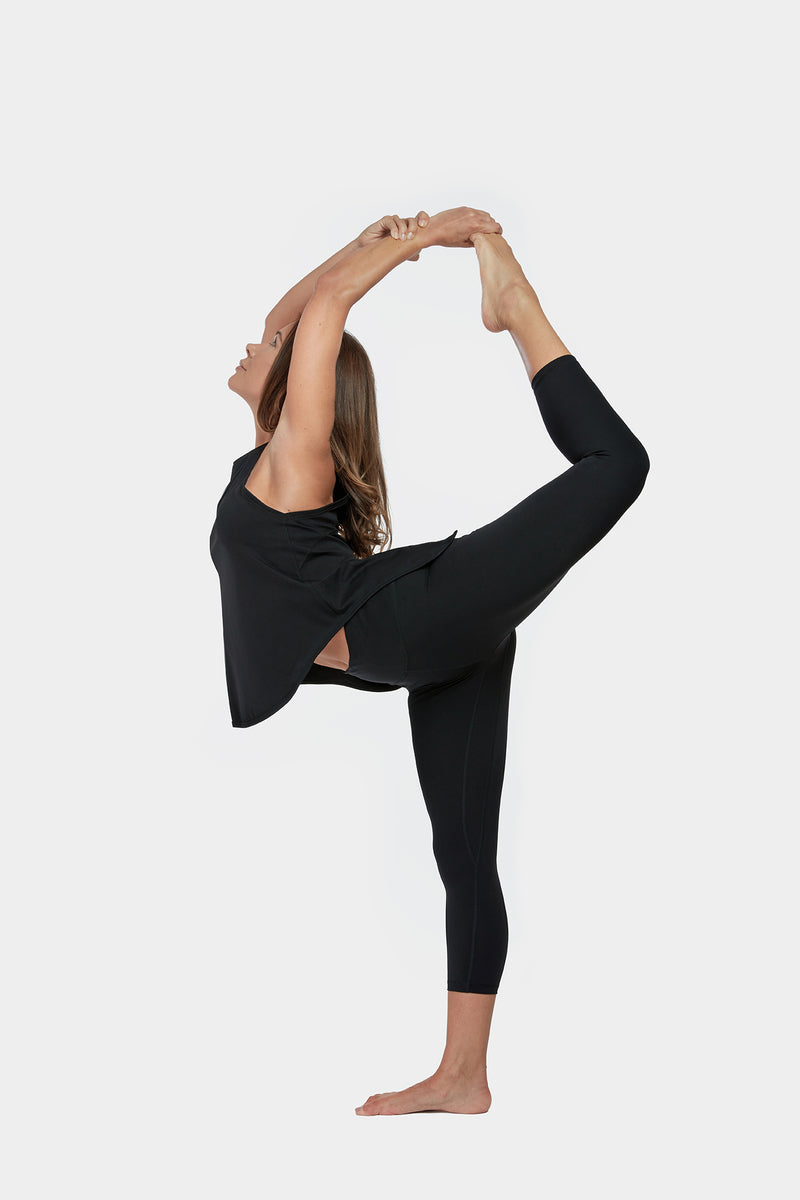How to make your new fitness regime stick!

So you set out on your quest to exercise more. Perhaps the new year made you re-assess your relationship with fitness, or maybe it’s just something you’ve been thinking about for a while now; considering which workout style would suit you best, what equipment and new attire you might need before starting, until finally – the time has come and you are ready.
You set off with energy and enthusiasm, excited about all the benefits exercise will bring into your life, but somewhere along the way the going gets a little bit tough. The initial wave of excitement is starting to fade, your schedule and responsibilities start intervening, and – well – life’s little temptations get in the way, making it all the more difficult to stick with your new habit, no matter how good your intentions.
Don’t worry, this is totally normal and happens to the best of us! Maintaining routines and habits can be a challenge at the best of times – indeed life gets in the way, not to mention our human brains are hard wired to avoid change, effort and discomfort, so it’s only natural that our motivation and discipline start slipping after a while. Here are a fe tips to set yourself up for success and ensure your new fitness habit sticks for good this time!

Exercise first thing in the morning
There are many great benefits to exercising first thing in the morning; one of them being it’s the time of day when our discipline and willpower are highest! As we move through the day our energy levels naturally fade and with it our motivation, which can get in the way of following through on commitments, despite our best intentions. Getting a sweat in first thing means you’ve ticked it off nice and early, minimising the chance of life ‘happening’ and getting in the way. Bonus points for pumping your body full of oxygen, endorphins and the “happy hormone duo” of dopamine and serotonin, which make for a great day.
Use a fitness tracker
Several studies have shown that devices monitoring physical activity can be excellent motivators and increase overall activity levels. There’s something really powerful about clearly being able to see your targets and performance in a workout, or throughout the day, rather than second-guessing your progress, which leaves so much room for interpretation! Naturally, there’s a balance to strike in not getting overly obsessed, but on the whole wearable devices can be a great way of building a relationship with your fitness goals and ensuring you stay consistent and accountable to yourself.

Set smart goals
A key oversight people often make is not setting themselves goals, or setting goals that are too vague, which can leave us without direction and focus. By setting SMART goals (specific, measurable, achievable, realistic and time-bound) you dramatically increase your chance of successfully embedding your new fitness routine. When setting SMART goals consider the difference between “I want to exercise more” and “I want to consistently train three times a week”, or “I’m going to start running” and “I want to be able to run 10km without stopping by July”. By getting clear on what success looks like you’re giving yourself a clear focus to work towards and establishing a clear benchmark to evaluate your progress.
Small steps
So the day has come and you just don’t feel like it. What now? A fire-proof way to success here is thinking small; and I mean really small. Is running your thing? Commit to jogging for just five minutes. Strength training? Commit to doing five reps. And if you really need to – commit to just getting dressed and putting your shoes on, giving yourself permission to take them off after five minutes. Chances are that once you’re dressed and going, you’ll find the effort wasn’t so bad after all. You may even find you’re starting to enjoy it, so you may as well keep going for another five. And another. And another.

Listen to your body
Human beings are cyclical creatures, so it’s important to recognise that our energy levels and motivation ebb and flow. There’s a time to push and there’s a time to pull, and often it’s about learning to work with the cycles rather than pushing against them. Chose gentler forms of movement on days with lower energy – yoga, Pilates, perhaps lower weight strength training; it could even be as simple as opting for a brisk walk outside. Save the cardio and gruelling HIIT workout for the days with more energy, remember progress – not perfection.
Starting a new habit or routine is one thing, but making it stick is a whole different art form. There’s no one perfect way of doing it, but by considering the above suggestions you’ll significantly improve your chance of success.
